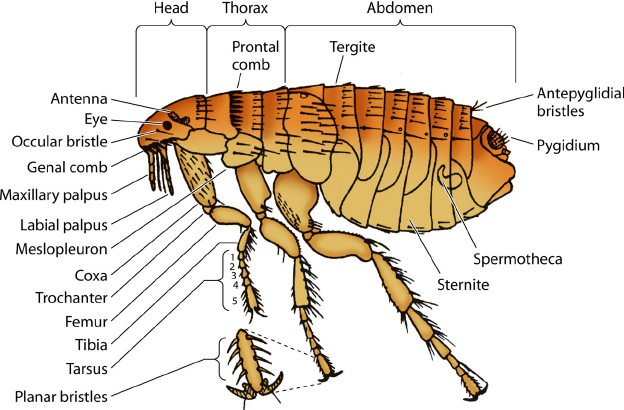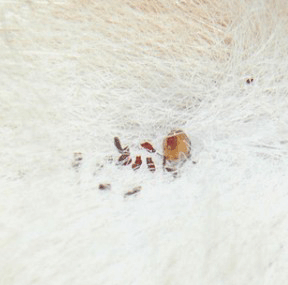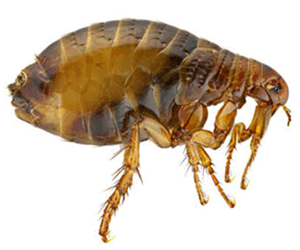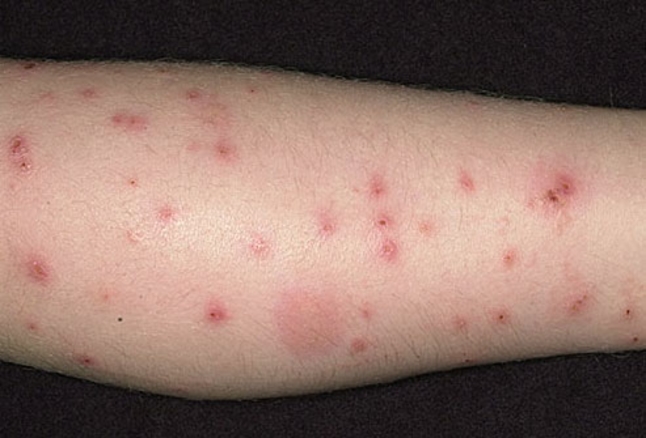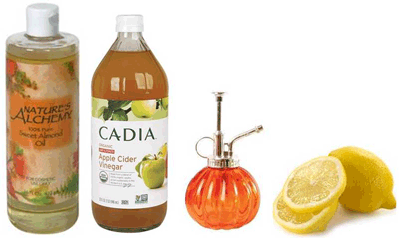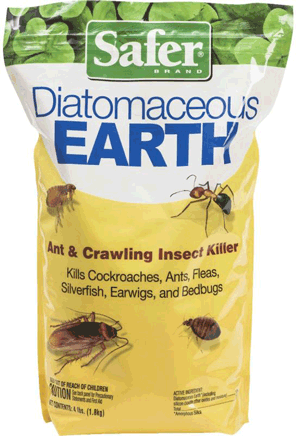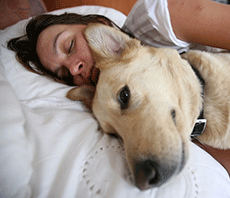Did your furry friend bring fleas into your car? No worries, in this article we will discuss, how to get rid of fleas in car.
Taking your little friend on a joy ride to the park or anywhere else is fun. However, having fleas in your car, as a result, is disheartening. Flea infestations take a lot of time and effort to eradicate. Nevertheless, you you cannot ignore them, because fleas spread rapidly and become too troublesome. Therefore, here are the steps you must take to get rid of fleas from your car
How To Get Rid Of Fleas In Car
1. Get rid of fleas from your environment
The first step would be to eliminate insects from your environment. You can begin by identifying areas of infestation in your home, yard, and even the office. Afterward, call the experts to help you kill fleas around your home, yard, and surroundings.
2. Treat your pets
Talk to your vet about the best flea treatments suitable for your pet. These medications may come in pill forms, sprays, or pet collars. Before visiting your vet, you can give your pet a bath with dish soap and water to kill all adult fleas and dislodge eggs, larvae, and droppings. You can also run a flea comb before the shower to remove more fleas from your pets.
3. Treating your car for fleas
After you have eliminated fleas from your pets and home, the next step is to remove fleas from your car. This approach demands multiple levels, proper attention, and patience. You will need to wear a long-sleeved shirt, long pants, and disposable gloves for the task (make sure you wash clothes before taking them into your home afterward). Here are the steps you can take;
- Remove all washable items from your car including your car mats, pet blankets, and beds and launder at high temperature
- For items you cannot wash but can be packaged, do so and dry at high heat setting
- Remove other detachable and check for fleas. Next, wipe those surfaces with soapy water to eliminate all possible flea droppings.
- Using a handheld vacuum, vacuum your floor, underneath seats, and other areas in your home.
- Next, apply an anti-flea product such as boric acid, diatomaceous earth, or flea sprays. Allow treatment to stay in place for as long as possible. For diatomaceous earth, you can allow the dust set in for a day. Flea sprays, on the other hand, can stand in for 30-60 minutes before clean up. Close the doors of your car during this time as well
- Open the doors of your vehicle to let the air out before vacuuming again
How did fleas get into the car
Whether you have pets or not, fleas can enter your vehicle in many ways, including:
- Taking your pet on a ride to the vet for flea treatment
- Visiting the local park with your pets, where they might pick up fleas
- Packing your car in a flea-infested area
- Giving rides to anyone that has fleas
Wrapping up
So, how to get rid of fleas in car…..Eliminating fleas from your car demands killing fleas not only in your car but on your pets and surroundings. Without following this approach judiciously, the flea infestation may escalate. Nevertheless, make sure you repeat the car flea treatment within 7 to 10 days to kill all fleas entirely.
